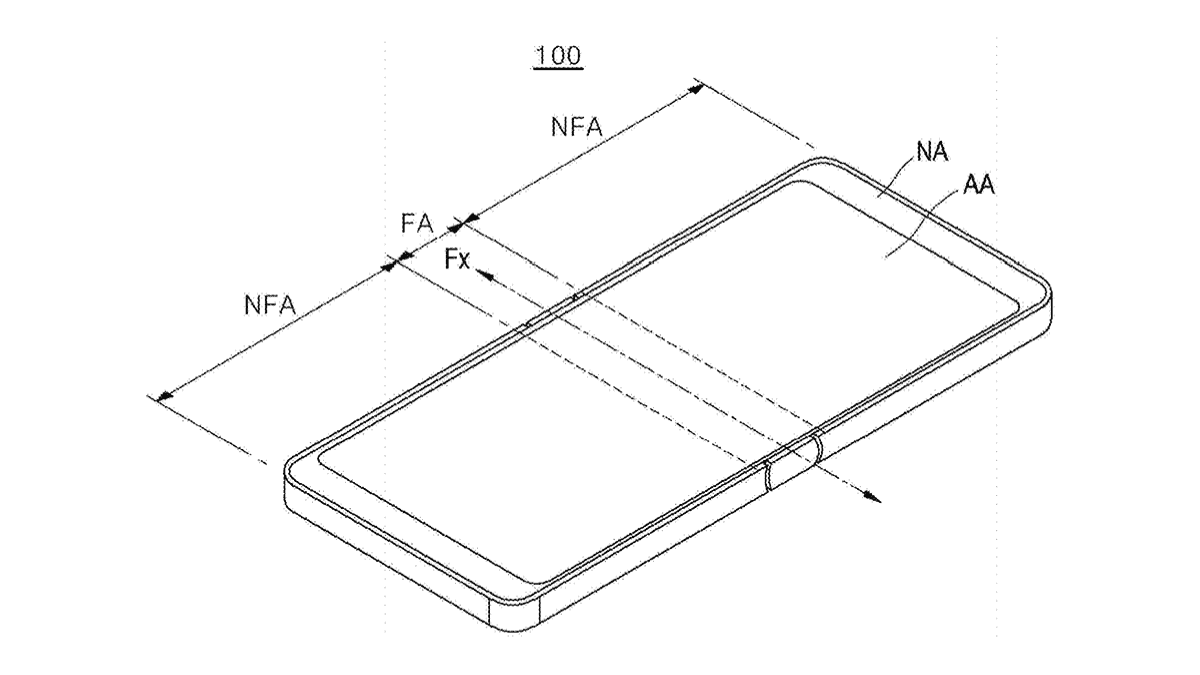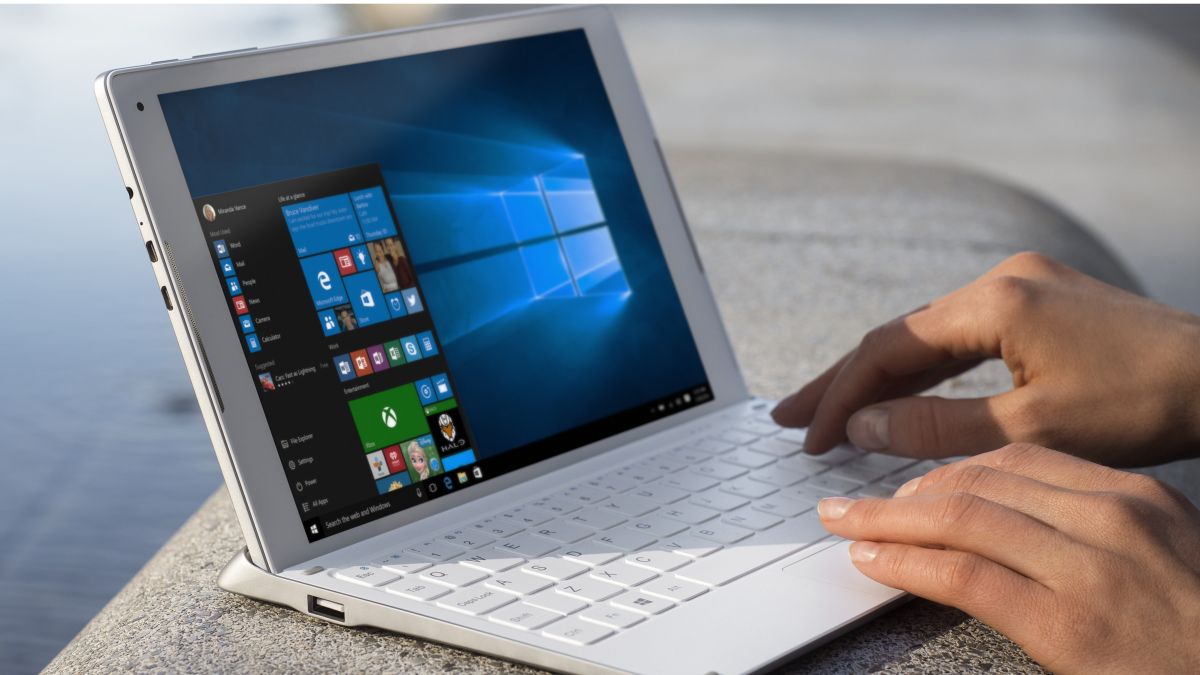Microsoft files yet another patent application for its foldable Windows 10 device
2 min. read
Published on
Read our disclosure page to find out how can you help MSPoweruser sustain the editorial team Read more

While there are a few challenges in making a foldable device, Microsoft is trying hard to bring its first foldable device to the market, like every other big tech companies. The company has been playing around with various ideas for some time now and while none of them have translated to a product yet, the Redmond giant has filed yet another patent for its much-awaited foldable Windows 10 device.
Titled ‘MULTI-SIDED ELECTROMAGNETIC COIL ACCESS ASSEMBLY,’ the patent was filed by Microsoft in February 2018 and published by USPTO on August 29, 2019.
According to Microsoft, the multiple physical configurations in present-day foldable devices “present a challenge when designing magnetic access to electromagnetic coils inside a computing device.”
Another issue, as discussed by Microsoft, while “multiple physical configurations present an opportunity to use Near Field Communications (NFC) and inductive charging from multiple sides of the computing device,” the metal structure can “fatally diminish operations that rely on internal electromagnetic coils.”
In this patent, Microsoft described a clever way to solve these issues. The new patent has “multi-sided magnetic access to an electromagnetic coil of a multi-configuration computing device in the presence of one or more metal structures, such as a conductive (e.g., metal, graphite) computer device chassis or midframe.”
An example implementation provides a computing device including a first computing device portion having one or more electrical components, a first side, a second side, an electromagnetic coil, and a first metal frame having a first through-slot. The computing device also a second computing device portion having one or more other electrical components, a third side, a fourth side and a second metal frame having a second through-slot. A mechanical joint connects the first computing device portion and the second computing device portion such that the first side is positioned to face the third side and the electromagnetic coil overlaps the first through-slot and the second through-slot along an axis running orthogonal to the first computing device portion and the second computing device portion. Control circuitry adjusts matching to compensate for different physical configurations, and firmware switches the radiofrequency configuration, including without limitation drive voltage, Amplitude Load Modulation (ALM) phase synchronization, DLMA (dynamic load modulation amplitude), and DPC (dynamic power control) as they change between different physical configurations.
via: WindowsLatest










User forum
0 messages